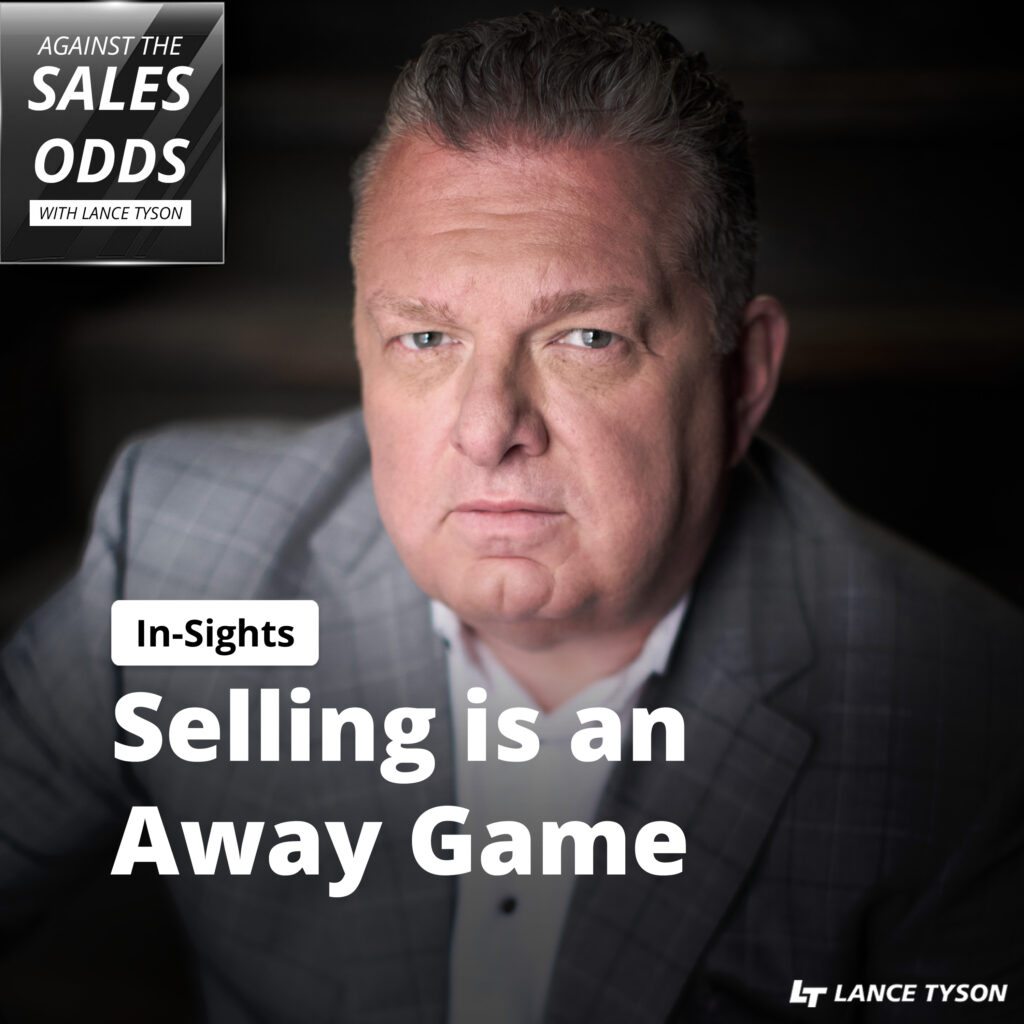Sales Enablement Extends the Power and Performance of Your High Performing Sales Team
Sales Enablement is one of the most overlooked elements of the Sales Team Science drivers. And it’s often taken for granted. It’s like breathing. We’ve been with it for so long it’s fallen out of our awareness. What would happen if we really aligned it with our sales methodology and our sales philosophy instead of using it just because that’s what everyone else is doing? Let’s look at the sports world and see how enablement technology is making an impact there.
The Paralympic Games started last week. These Games may not be as popular as the Olympics, but what these athletes lack in notoriety they make up for in heart. Heart and enablement technology. Yes, the athletes in these games use a ton of enablement technology to allow them to do the things an able-bodied person takes for granted.
Take Anastasia Pagonis, a 17-year-old swimmer who competed in the 400-meter freestyle last week. She broke the world record in that event for athletes in that class. Her time wasn’t as fast as Katie Ledecky in the same event a couple of weeks ago mind you. But it’s a lot faster than you or I could swim that distance. And she’s blind.
The athletes competing in these Paralympic Games face a different challenge. They must do all the things you and I do and figure out a way to do it without having access to the same resources. In order to compete, they need to figure out a creative way to do more with less.
How a Blind Swimmer Competes in a Complex World using Enablement Processes
For example, swimming 400 meters involves 8 lengths of a 50-meter pool. To hit that 50-meter mark, you must swim in a straight line. That means you can’t meander from side to side in a pool lane. Doing so causes you to expend energy you can’t waste, adds distance to your event, and seconds to your overall time.
So how do you swim in a straight line to the end of the pool when you’re blind? Pagonis solved this challenge by letting her shoulder touch the lane marker. That feedback keeps her on a straight path towards reaching her goal.
Or take the problem of turning at the end of the pool. To appreciate this problem, think back to the last time you walked up a flight of stairs in the dark and you lost count of the number of stairs you had already climbed. What happened when you were expecting to reach another stair and you were at the landing? You stumbled, pitched forward and had to catch yourself.
Blind swimmers have the same problem. They may have a general idea of when they should reach the end of the pool, but they don’t know where it is. With no feedback to know if they are one stroke or two strokes away from the wall, they will crash into it at full speed.
So, to get that feedback, these swimmers use tappers. They have a person they train with, standing at the end of the pool, tap them on the back to let them know how far away the end is and when they should start preparing for the turn.
Comparing Paralympians and Salespeople to See the Advantages of Sales Enablement
There are all kinds of enablement processes and technology these Paralympic athletes use to allow them to compete in a complex world.
Like these athletes, sales reps use a variety of sales enablement processes and technology that allows them to compete in a complex world. The technology is constantly changing and improving allowing them to do more with less.
If you listen to any of the Against the Sales Odds series, you’ll hear sales leaders talk about what it was like when they started in sales. How they were given a card table, a desk phone, a yellow legal pad, and a phone book from which they had to produce leads and convert them. Now we have mobile phones. Now we have CRMs. Now we have LinkedIn, email, and text messaging… all of which can be used to reach and tailor messages to contacts, turn them into leads, convert them into customers, and keep track of the whole process.
And like the athletes with their equipment in the Paralympic Games, these sales enablement systems have to be tuned to accommodate your sales team, your sales methodology, and your sales process. I’ve gone through more than 5 different CRM systems in my time in sales. And while they all technically worked out of the box, none of them initially did what my team needed them to do. All of them had to be customized, tuned, and adjusted to support our sales team and the sales process.
Is Your Sales Enablement Technology Aligned With the Rest of Your Company?
In the Sales Team Science Assessment, we ask a series of questions pertaining to how well aligned your sales enablement systems are with your sales team. The metrics put out by your sales enablement systems need to help the sales team hit their key performance indicators (KPIs) and reach their goals.
Remember, it does no good for the tapper to tap Pagonis too early, too late, or inconsistently. She’ll end up losing time by either reaching for a wall that isn’t there, or worse, crashing into it.
Don’t let your sales people expend more energy than they need or crash into sales impediments and add time to the sales cycle. Get your team using the sales enablement technology available, tune it to give your people the information they need when they need it, and let them perform like the champions they are.
Take this opportunity to align your technology with your team. Turn your salespeople into well-tuned, high performance champions. Take the Sales Team Science Assessment here.




